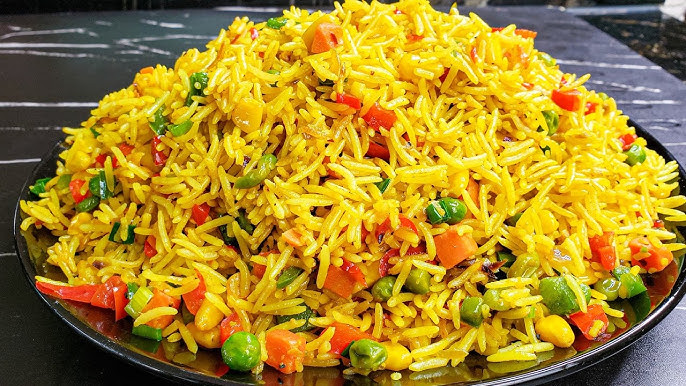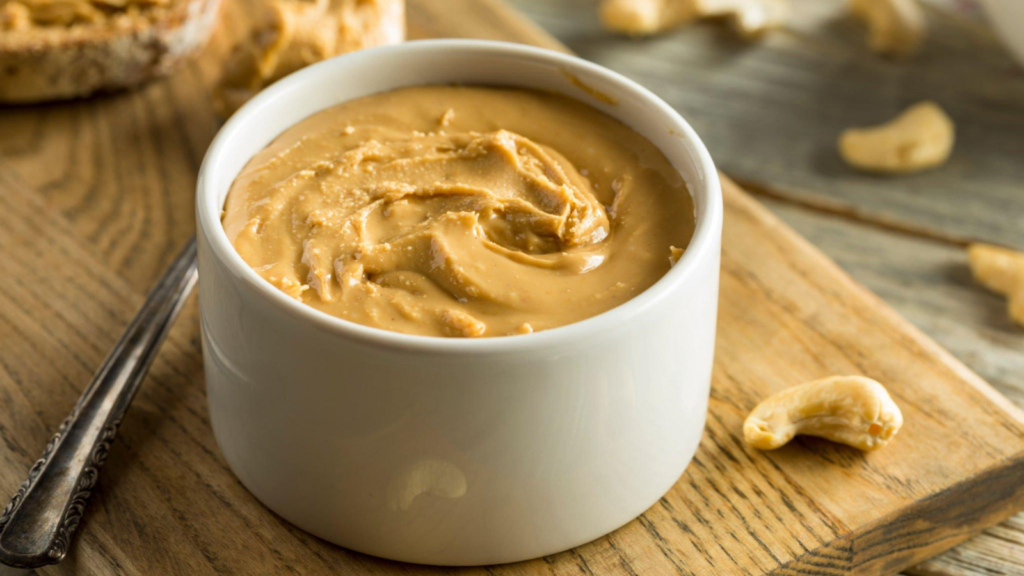Yellow rice is a vibrant and flavorful dish enjoyed across many cultures worldwide, from Indonesia’s nasi kuning to Spain’s saffron-infused paella. But beyond its culinary appeal, the question arises: is yellow rice healthy? Let’s dive into its nutritional benefits, potential drawbacks, and how it fits into a balanced diet.
What Is Yellow Rice?
Yellow rice is essentially white rice cooked with spices like turmeric or saffron, which give it its characteristic golden hue. Depending on the recipe, it may also include coconut milk, onions, or other flavor-enhancing ingredients. Variants like Indonesia’s nasi kuning or the Philippines’ kuning often hold cultural significance and are served during celebrations.
Nutritional Profile of Yellow Rice
Yellow rice offers a mix of essential nutrients, but its healthiness largely depends on how it is prepared. Below is a breakdown of its key nutritional components:
| Nutrient | Benefits |
|---|---|
| Carbohydrates | Provides energy through complex carbs, ensuring steady glucose release. |
| B Vitamins | Includes thiamine (B1), niacin (B3), and folate (B9), essential for metabolism. |
| Minerals | Contains iron, magnesium, and zinc for immune support and red blood cell production. |
| Fiber | Boosts digestion when made with brown rice instead of white rice. |
| Antioxidants | Turmeric or saffron adds antioxidants like beta-carotene, combating free radicals. |
Health Benefits of Yellow Rice
Here are some reasons why yellow rice can be a healthy addition to your diet:
1. Energy Booster: Yellow rice is rich in carbohydrates, making it an excellent source of energy. This makes it ideal for active individuals or as part of a pre-workout meal.
2. Packed with B Vitamins: B vitamins in yellow rice aid in metabolism and energy production. Folate, in particular, is crucial for women of childbearing age as it helps prevent birth defects.
3. Gluten-Free: Naturally gluten-free, yellow rice is safe for those with celiac disease or gluten intolerance.
4. Supports Immune Health: Minerals like zinc and iron strengthen the immune system and improve oxygen transport in the body.
5. Digestive Health: When prepared with brown rice, yellow rice provides dietary fiber that promotes gut health and prevents constipation.
Potential Drawbacks
While yellow rice has many benefits, there are some considerations to keep in mind:
1. High Sodium Content: Some recipes use spice mixes or broths high in sodium—up to 750 mg per serving. Excessive sodium intake can lead to high blood pressure and heart disease risks.
2. Low Fiber (If Made with White Rice): White rice-based yellow rice has minimal fiber content compared to brown rice alternatives. Fiber is essential for digestion and satiety.
3. Caloric Density: Yellow rice made with coconut milk or added fats can increase calorie content significantly, which may not suit weight-loss diets.
How to Make Yellow Rice Healthier
You can enjoy yellow rice while maximizing its health benefits by tweaking the recipe:
- Switch to Brown Rice: Brown rice has more fiber (3.5 g per cup) compared to white rice (0.6 g per cup), making it more filling and nutritious.
- Reduce Sodium: Use low-sodium broth or reduce added salt.
- Add Vegetables: Mix in peas, carrots, or spinach for added vitamins and minerals.
- Incorporate Protein: Pair yellow rice with lean proteins like grilled chicken or beans for a balanced meal.
- Use Healthy Fats: Replace coconut milk with lighter options like almond milk.
Cultural Significance of Yellow Rice
Yellow rice isn’t just food—it’s a symbol of prosperity and celebration in many cultures:
- In Indonesia, nasi kuning symbolizes wealth and good fortune due to its resemblance to gold. It’s often served during weddings and religious ceremonies.
- In Malaysia and Singapore, variations like pulut kuning are prepared for festive occasions and rituals marking milestones like a baby’s first month.
- In Spain, saffron-infused yellow rice forms the base of iconic dishes like paella.
These traditions highlight how food connects us to our heritage while nourishing the body.
Comparison: Yellow Rice vs Other Types of Rice
Here’s how yellow rice stacks up against other common types:
| Type of Rice | Calories (per cup) | Fiber | Key Nutrients |
|---|---|---|---|
| White Rice | 242 | 0.6 g | Carbs, minimal vitamins |
| Brown Rice | 218 | 3.5 g | Fiber, magnesium |
| Yellow Rice (White) | ~242 | 0.6 g | B vitamins, antioxidants (from spices) |
| Yellow Rice (Brown) | ~218 | 3.5 g | B vitamins, fiber, antioxidants |
Switching to brown yellow rice offers more fiber without sacrificing flavor.
Is Yellow Rice or White Rice Healthier?
When comparing yellow rice and white rice, yellow rice is essentially white rice with added spices like turmeric or saffron. Nutritionally, both are similar if the base is white rice, offering energy through carbohydrates but lacking fiber and essential nutrients like those found in brown rice. Yellow rice may have slight advantages due to antioxidants from turmeric or saffron, which can reduce inflammation. However, for overall health, especially weight loss or diabetes management, brown rice (or yellow rice made with brown rice) is a better choice due to its higher fiber content, lower glycemic index, and richer nutrient profile.
Is Yellow Rice Healthy for Weight Loss?
Yellow rice can be part of a weight-loss-friendly diet if prepared thoughtfully. It provides energy through complex carbohydrates, but using brown rice instead of white enhances its fiber content, promoting satiety and better digestion. Adding vegetables or legumes like peas and beans boosts its nutritional value while keeping calories in check. Opting for low-sodium broth and reducing added fats, such as coconut milk, can further make yellow rice suitable for weight management. Portion control is crucial, as excessive servings may lead to calorie surplus. When balanced with lean proteins and vegetables, yellow rice can support weight loss effectively.
FAQs
Is yellow rice healthy?
Yes! It provides energy through carbs and contains essential vitamins and minerals. However, its healthiness depends on preparation methods.
Is yellow rice good for weight loss?
It can be if made with brown rice and minimal added fats. Its fiber content helps with satiety.
Does yellow rice have gluten?
No! Yellow rice is naturally gluten-free unless cross-contaminated during processing.
Conclusion: Should You Eat Yellow Rice?
So, is yellow rice healthy? The answer is nuanced—it can be a nutritious addition to your diet when prepared mindfully. Its combination of energy-boosting carbs, essential nutrients like B vitamins and iron, and antioxidants makes it beneficial for overall health.
However, moderation is key if you’re watching your sodium intake or aiming for weight loss. Opt for healthier versions by using brown rice and minimizing high-calorie ingredients.
Incorporating yellow rice into your meals doesn’t just add color—it brings cultural richness and nutritional value to your plate!


